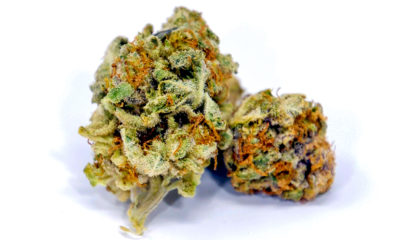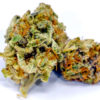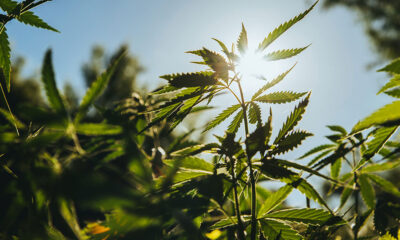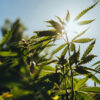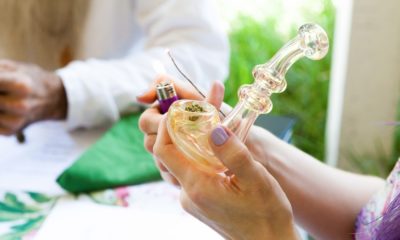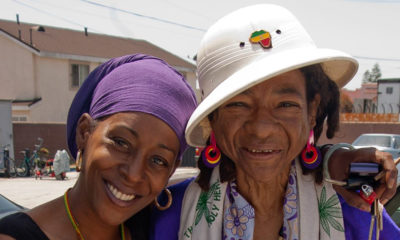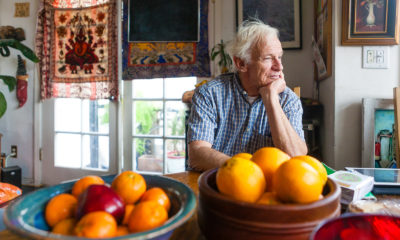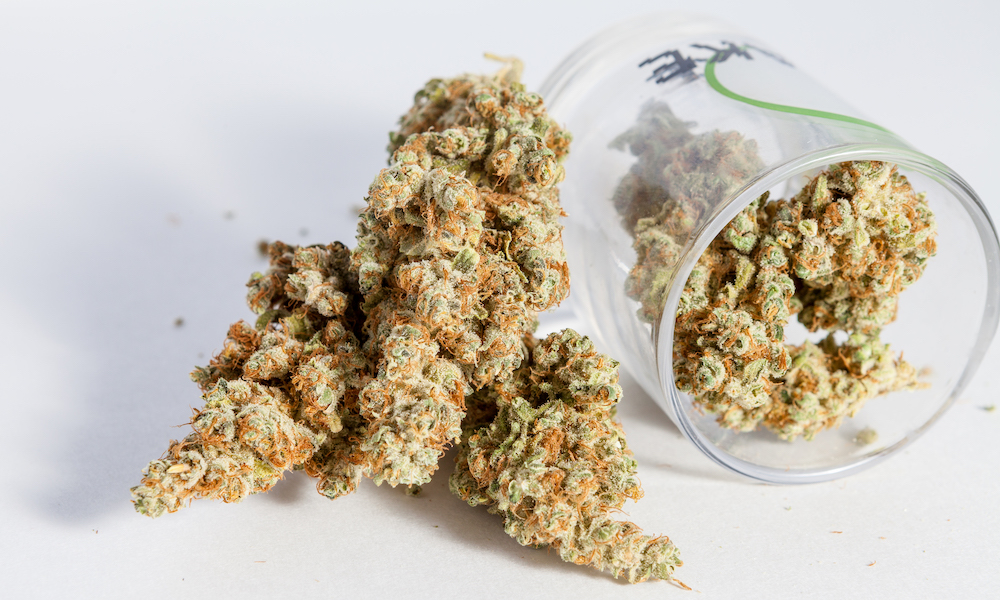
In History
What We Know About Cannabis & Psychosis, We Knew a Century Ago
The findings of 127-year-old Indian Hemp Drugs Commission Report are consistent with modern-day knowledge, review finds.
Cannabis is a plant hugely popular with human beings as a therapeutic and recreational drug and has been for thousands of years, as the sacred buds found in ancient tombs attests.
As for cannabis as a badly needed revenue-generating commodity for governments, who happily took the money despite some fears — mostly overblown, but not illegitimate — that using too much of the stuff makes people crazy?
This modern-day understanding, sometimes distorted and amplified in order to sell books, is also old hat, and was well known as early as the 1890s.
Dr. Oyedeji Ayonrinde, a licensed psychiatrist and addiction expert and associate professor of psychiatry at Queen’s University in Kingston, Ontario (where recreational cannabis has been legal since last October) took a look at the findings of the “Indian Hemp Drugs Commission,” an undertaking of the British Raj that tried to figure out exactly what effect cannabis (“Indian hemp”) was having on the subcontinent, Britain’s largest and most important colony.
What researchers found then, Ayonrinde wrote in an article recently published in the journal Psychological Medicine, is generally what we know now.
Small to moderate amounts of cannabis had no ill effects on the user, who often reported medical benefits. Heavy use caused some problems, particularly among the young with developing brains and those with hereditary or pre-existing mental health issues.
In other words: Humans have been asking themselves the same questions about cannabis for more than a century, and arriving at the same conclusion: It’s not benign, but it’s not very bad, at all. It has benefits, but some users should be cautious and too much, or at an age too young, should be discouraged.
Humans have been asking themselves the same questions about cannabis for more than a century, and arriving at the same conclusion: It’s not benign, but it’s not very bad, at all.
The 127-year old report “confronted many of the same concerns facing some countries today as they contemplate or manage the legalization of marijuana,” Ayonrinde wrote.
Actions and attitudes of India’s British rules should also ring familiar for 21st-century consumers. Early efforts to ban cannabis in it various forms — charas, a smoked resin (basically hash); bhang, an drink; or ganja, the dried tops that we know as flower — were abandoned after authorities found that it wasn’t particularly dangerous unless “taken to excess.”
But in the mid-to-late 1800s, government interest in regulating cannabis heightened again after keepers of lunatic asylums reported that their institutions were full of cannabis users. “Every lunatic asylum report was full of instances of insanity and crime due to use of ganja,” wrote R.B. Chapman, the British financial secretary, in 1870.
So, in 1893, an eight-person task force was assembled and commissioned to study the drug. Over a year’s time, the Indian Hemp Drugs Commission met 86 times and interviewed 1,455 people. It produced a nearly 4,000-page long report. The report was very likely had a glaring conflict of interest, with the commission’s president active in the financial dealings of the British Raj, which, as Ayonrinde pointed out, was reliant on cannabis tax revenue.
The commission found out that 222 people out of the 1,344 total admitted to mental institutions in India in 1893 had some kind of “hemp drug” related malady. Nearly all were young adults. More than 60% recovered while cannabis-free in the asylum.
The researchers drew a distinction between what they called “acute ganja intoxication” and “ganja drunkenness.” The description of the former deserves to be quoted at length. Sufferers had an “infuriated aspect, glaring and glistening eyes and red injected conjunctiva with shouting, vociferation, singing, pacing and sometimes aggression and running amok,” the researchers wrote. Odd and unsettling as that sounds, it went away once the user quit smoking weed.
Summing up, the researchers found that “the occasional use of hemp in moderate doses may be beneficial but this may be regarded as medicinal in character,” and “the moderate use of hemp drugs produces no injurious effects on the mind.” But if the individual had a predilection towards mental illness, either evinced by a hereditary trait or by prior breakdowns, too much cannabis was very bad and could cause a problem.
To avoid all this, the commission recommended banning sales to anyone younger than 16, and also prohibiting sales to anyone who was insane or stoned. Anyone wanting to open up a ganja or bhang shop should consult with local authorities as well as their neighbors. (Oh, and while nobody knew what THC was, far less how much of it was in their cannabis, authorities did recognize that various regions had higher-potency cannabis, and the stronger the stuff was the more problems it had potential to cause.)
There it is. Don’t sell to kids. Regulate sales. Don’t smoke too much too young and if you are prone to mental infirmity, probably keep away. This is what we knew in the 1890s, and this — essentially — is what we hear whenever a risk-averse suit drones on about the need to “study” cannabis.
Why, you may ask, have we learned so little knew about this drug in 127 years? As a sophist would say, the premise of the question is flawed. We have learned a lot of new information. We know about how the drug works via the endocannabinoid system, we have isolated various cannabinoids and are learning what they do. But the drug is still too darn hard to obtain for study and there are too many legal barriers — all due, you can say accurately in a sentence, due to prohibition. Which is not something the authors of the body of knowledge on which most modern-day interpretations of cannabis and its effects recommended.
TELL US, why do you use cannabis?



